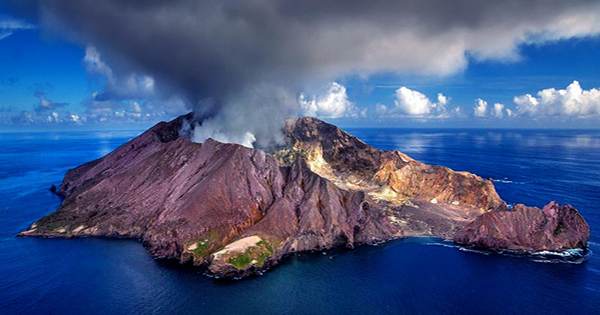Volcanoes are usually divided into two types, creating a river of fire that threatens only the general surrounding area and whose explosive eruptions could plunge the world into darkness and surpass a massive tsunami. However, a new study has proven that the truth is more complex, and we should not be too comfortable about the first kind.
The method of volcanic eruption is determined by its magma composition. Basaltic magmas produce Lava Rivers in Hawaii, while silica-rich lava produces a Vesuvius or Krakatoa. Volcanologists have assumed that these magmas are fairly constant over time. But Dr. Michael Stock of Trinity College Dublin led a team to find that the two volcanoes that formed the two Galapagos Islands, Wolf, and Fernandina, were both known for their basaltic lava flows.
Stock and co-authors have reported nature interactions by searching for a variety of chemical compositions. Samples of some of the lava, tephra, and nodules in these volcanoes suggest that they lived much longer in the home of Mount St. Helens in Washington, the site of a famous explosive eruption in the 1980s, where they were much larger than the volcanoes they found.
As the famous example of Hawaii, the Galápagos Islands are located on a plume of hot magma that perforates the oceanic crust and leaves the mountains above the waterline. The plate runs over the plume, so the old islands represent sites that were once directly above it.
The stock assumes that liquids with higher silica content are trapped in the chamber about one kilometer below the surface. Basaltic magma grows near the center of the plume so the materials are quickly washed away along with other compositions that we barely notice. However, once they only reach the edge of the hotspot, the rate at which the magma escapes from below decreases and makes explosive explosions possible, and the contents of these chambers are no longer overwhelmed.
Stock said in a statement, “It was really unexpected.” “We started studying why these volcanoes were so annoying and wanted to know what process caused lava eruptions to last for a long time. Instead, we see that they are not bothered at all, they just hide these secret magmas under the ground. “
Wolf and Fernandina represent no threat, at least in human timescales – they still have plenty of basaltic material to recharge. The situation is even more different from the center of the plume in eastern Galapagos, but the rate of volcanic flow is much lower. There is an even greater danger that after thousands of years of basaltic lava production, these volcanoes will one day move into something more dangerous, and we will now consider them safe in other volcanoes around the world.
















